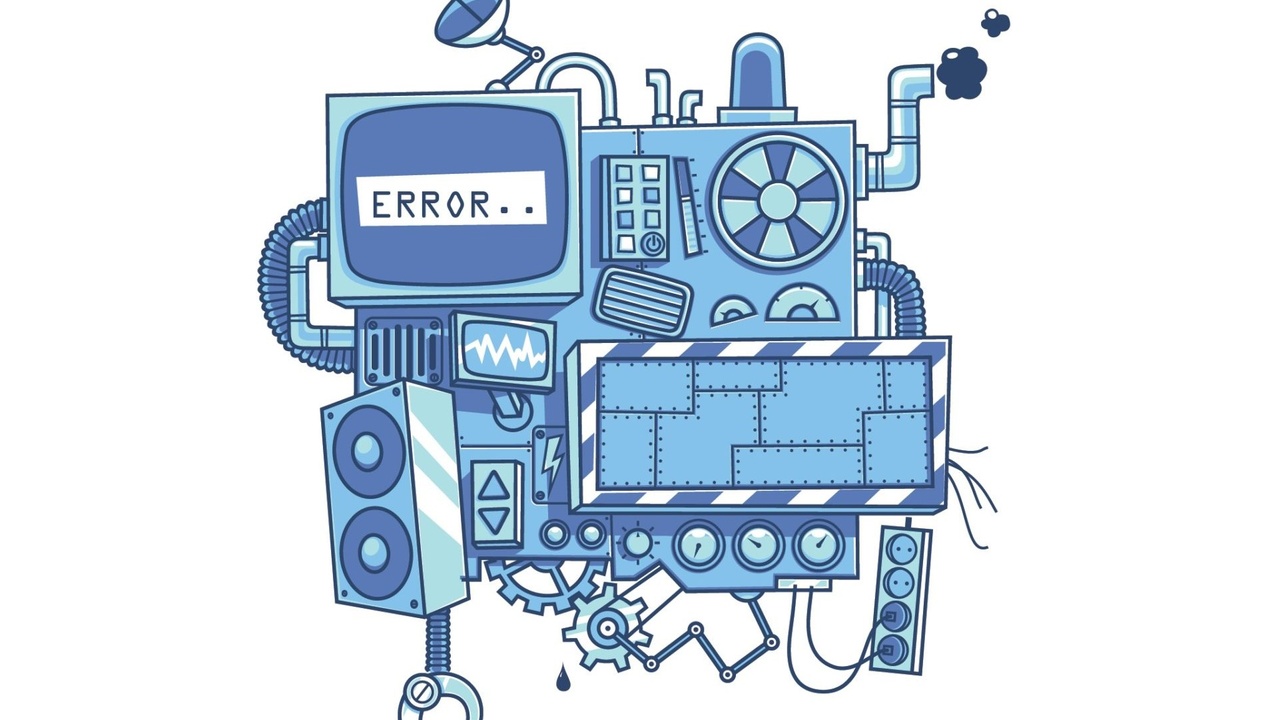When MVP Goes Wrong in Medtech
Jan 26, 2022
Minimum viable product (MVP) is a strategy that has gained rapid and widespread acceptance among the startup community. Used effectively, it can be a compelling strategy to evaluate product-market fit, which often is the largest risk facing a new medical device company. The idea of MVP is to test market assumptions – primarily around the value of the offering. Is the benefit of the product greater than the economic (and non-economic) costs that users and customers will face?
What commonly happens with new ventures is that they laser focus on rapidly building a “thing,” rather than testing the specific value or benefit that the thing provides. Consider the following example:
A new startup, SurgiTracker Inc., has seen a trend in healthcare. Devices used in surgical procedures, including gauze, sponges, needles, and other surgical instruments, are sometimes missing at the end of procedures. Unfortunately, these materials can be left inside patients, necessitating extensive imaging procedures, secondary surgeries, and extended hospital stays. Moreover, patients experience significant risks of infection, tissue damage, and hemorrhage. This single issue results in tremendous costs to hospitals, extensive litigation and legal settlements, and damage to hospital reputations.
The founders of SurgiTracker, two bright young engineers freshly minted from top-tier universities, believe they have a compelling solution to this problem. They envision a system that applies RFID tags to all surgical inventory prior to use. The process is fully automated, requiring only one person to lay devices and materials on a conveyor, which then applies RFID tags, scans, and registers each item used during the surgery. After the surgery is completed, the used materials are again placed on the conveyer and scanned to ensure that all surgical inventory has been recovered. The engineers dub their invention “SurgiBot.” They figure SurgiBot should be an investment that hospitals are willing to incur to reduce the high secondary costs associated with lost surgical materials and the necessary recovery procedures.
The monetary benefits of SurgiBot are limitless. The engineers sketch out various embodiments of their system and file patent applications. Even though the patents have been filed, first-to-market offers a big advantage, and secrecy will be maintained throughout development — SurgiTracker will operate under “stealth mode” for the foreseeable future.
Having heard about the Lean Startup movement and MVP strategy, the engineers aim to build a prototype, fast and cheap. Putting their skills to the test, they connect tubes, hoses, motors, and other hardware purchased primarily at Home Depot. After six months of hard work and ramen noodles, they finally have achieved their MVP. It isn’t pretty, but it works (occasionally); it’s about the size of a Honda Odyssey and it’s as loud as a jackhammer on concrete. Also, there is an odd burning odor after the system runs for a few minutes, but hey, this is MVP.
What’s up next is that it’s time to share SurgiBot with hospital administrators and venture capitalists (under a non-disclosure agreement, of course). Landing pre-orders and investment should be relatively straightforward now that their MVP is running, right?
A large number of medtech ventures take this approach. They use MVP as a license to focus their efforts on building something fast and cheap. They know that getting feedback from end customers is critical, but they think that deferring that feedback until the MVP is complete is the best strategy for reasons of confidentiality and speed. But as a rule, most of these startups fail miserably.
Why? MVP is not about the product itself. MVP is about the customer’s willingness to adopt and pay for the product. Figuring out whether organizations or individuals will pay for the product often is the largest challenge facing new companies. The goal of MVP is to test the adoption and payment assumptions as early as possible. Building up the SurgiBot from the beginning is the opposite of MVP.
Consider now this revised version of the example above:
Around the same time of SurgiTracker’s inception, SurgiSmart is launched. They have made similar observations regarding missing surgical materials, recovery processes, risks to patients, and the related costs.
The founders of SurgiSmart, a recent MBA grad and a biomedical engineer, want to tackle this problem and make a business out of it. They start by defining the basic problem that they are looking to solve: Surgical teams are unable to reliably account for all surgical materials utilized during procedures. Next, they ask, “What is the reason for this problem?” They speculate the following:
- The focus and intensity required in completing complex surgeries prevents surgeons and nurses from reliably accounting for materials used.
- Small and absorbent materials become covered with blood and are essentially camouflaged within the patient reducing their visibility.
- Product packaging (bags and boxes) becomes clutter in the operating room and is discarded immediately rather than used for inventory tracking purposes.
SurgiSmart founders table these speculations and decide to get some feedback. They reach out to local academic and community-based hospitals, and they speak with a variety of surgeons, nurses, and hospital administrators. They gather a diverse array of opinions on the subject, and they walk away with a key realization – the hospitals that were visited already have very specific protocols and checklists for surgical device tracking that are effective when completed. However, compliance is not always followed due to hierarchies in the operating room – a touchy but real issue. Scrub and circulating nurses are reluctant to call-out surgeons that breach protocol, especially when surgeons are rushing to complete one procedure in order to perform another urgent one.
The SmartScrubs team digests this information, and they come up with a few ideas to address the issue of protocol compliance. Rather than building prototypes, they create simple storyboards that can be used to review these ideas with key stakeholders in the operating room and hospital administration. The ideas included the following:
- A large wall-mounted display that boldly shows the surgical inventory divided by “in-patient” and “outside-patient” columns.
- A series of labeled tethers that are attached onto each surgical material used and hang outside the surgical site for improved visibility and easy removal.
- A sophisticated machine, similar to SurgiBot, that uses RFID to track surgical materials before (and after) a procedure.
The SurgiSmart team then reviews these storyboard concepts with key stakeholders to gather feedback. They spend 45-minutes in a 1:1 format with scrub nurses, circulating nurses, surgeons, and hospital administrators. Through this interviewing process, several questions and concerns arise, such as:
- Tethers that are hanging outside of the surgical site would increase the risk of infection. Moreover, they would likely get in the way of intricate surgical procedures that require full visibility and untethered movement in tight surgical sites.
- There is no room in the OR for a large machine that is used for tracking inventory. This one was a non-starter.
- Entering data into the wall-mounted display would interrupt the clinical workflow during procedures. Anything that makes procedures longer would be viewed negatively by surgical teams. However, the idea of a large display that could be used to remind surgeons of this critical step and give nurses the authority to raise the questions would be helpful.
The SurgiSmart team processed this feedback and down selected their concepts. They realized that the tethered concepts and tracking machine would be incompatible with the constraints of the operating room. It seemed that there was something interesting about the wall-mounted display though. It wasn’t exactly a “high tech” or novel solution, but it was one that could directly address the problem of surgical hierarchy and visibility to established protocols already in-place.
They remembered one of the nurses suggesting during the interview, “It would be interesting if the inventory could be entered via voice command.” They took this idea and integrated a voice activated inventory tracking display with functionality similar to “Alexa, …”
The SurgiSmart team updated their storyboard with this new functionality and proceeded with additional stakeholder research. They interviewed the original participants, but to avoid any biases, they were also careful to incorporate numerous fresh perspectives from stakeholders that were not engaged during prior interviews. Furthermore, they developed a pricing strategy to understand willingness to pay with hospital administrators. They realized that this payment perspective was preliminary at-best, since the product was not yet available for purchase, but it was at least an opportunity to gauge an early market reaction to the product pricing.
In the example above, SurgiSmart deploys a logical MVP approach. Note these key differences between SurgiSmart and SurgiTracker:
1) SurgiSmart realizes that they may not fully understand the problem. They conduct primary user and customer research to evaluate the problem and to clarify any of their operating assumptions about the problem. SurgiTracker assumes that they fully understand the problem. They jump straight into solution building but miss the mark big time.
2) SurgiSmart focuses their solution on the end benefit to the users and customers, which is ensuring that all surgical materials are recovered. During their concept testing, they use a rapid and iterative format (storyboards) to share the ideas and focus on the interactions that would be required by clinicians. SurgiTracker focuses their solution on the product — a hacked-together robot that is too big, loud, and scary, and only occasionally functional. SurgiTracker thinks the benefit to hospitals is the robot, but the benefit is fully recovered surgical materials.
3) SurgiSmart engages users and customers throughout their process. They engage these stakeholders as valuable parts of the conversation that provide guidance and feedback. SurgiTracker stays in “stealth mode” and tries to sell their MVP to hospitals and investors. They secretly build the wrong product.
Again, MVP can be a powerful strategy for companies to leverage when testing business assumptions. However, common misinterpretations of MVP can send new medtech ventures down the wrong path.
Join the conversation
Drop your email below to receive these articles delivered to your Inbox as soon as they're published.





